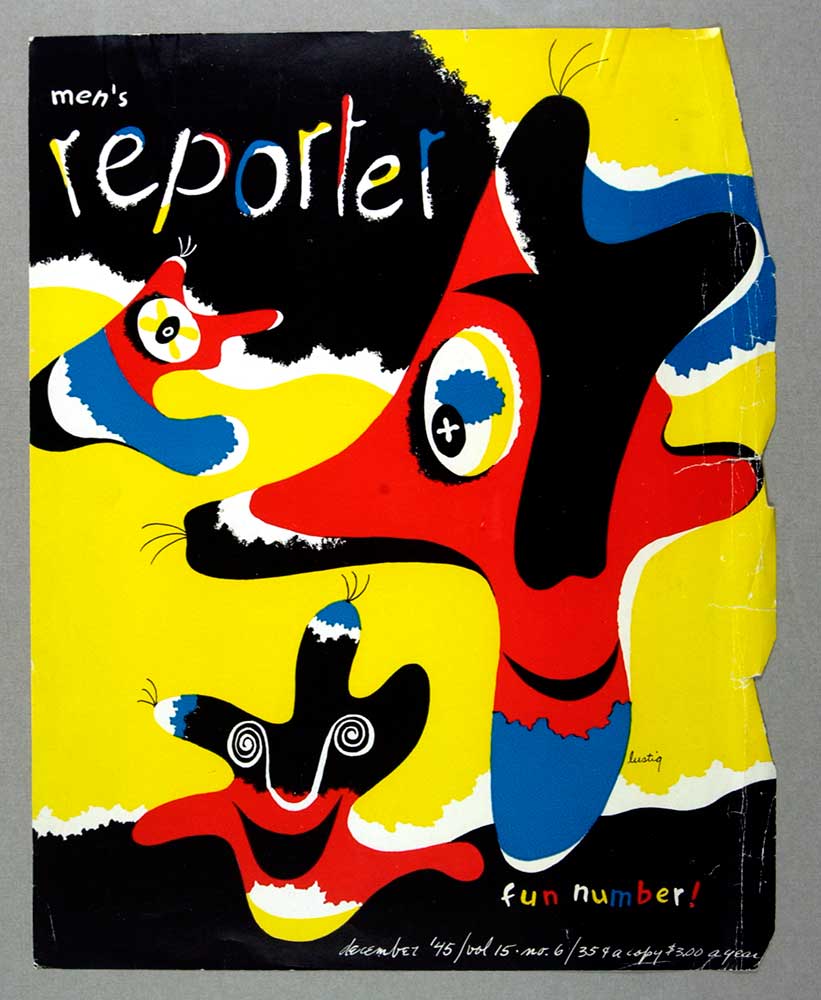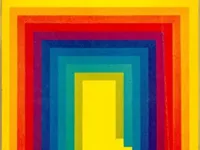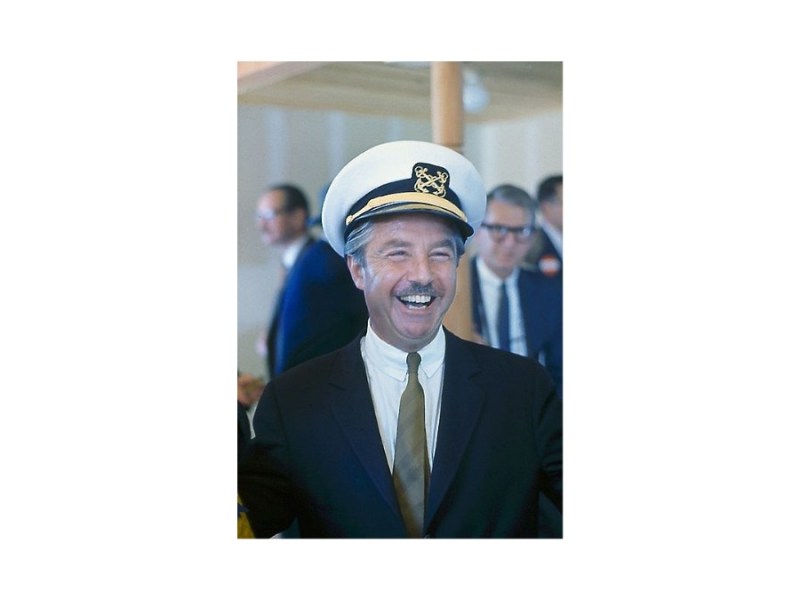William Addison Dwiggins (1880-1956) was an American type designer and typographer. He was well-rounded and was loved for his prolific work as an illustrator, book designer, type designer, playwright (puppets) and author.
Dwiggins was born in Martinsville, Ohio; in 1880, he studied East in Chicago and then moved to Boston. Between 1917 and 1918, he became the acting director of Harvard University Press. He also worked for the Yale University Press, designing jackets, endpapers, bindings and posters.
Dwiggins was known for his “Metro” series of typefaces, the first designed specifically for newspaper headlines. He produced it in 1929 when he won the American Institute of Graphic Arts gold medal.
This image features an illustration of Marco Polo by W.A. Dwiggins, renowned for his work in typography and design. The artwork is part of “The Travels of Marco Polo,” engraved and printed in letterpress by The Printing House of Leo Hart in Rochester, N.Y. It includes decorative elements and elegant use of color, showcasing Dwiggins’ expertise in illustration and book design.
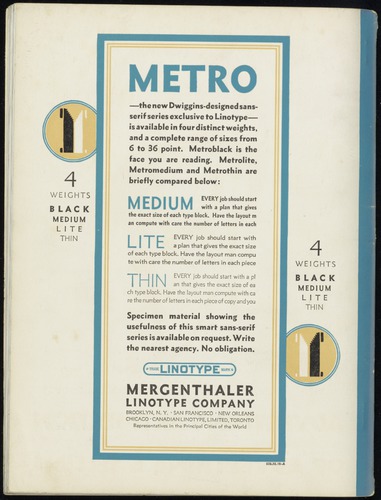
He brought Metro out in 1929, which contributed to him winning the gold medal for the Institute of Graphic Arts. He later created Electra in 1935, Caledonia in 1939 and Eldorado in 1953. Caledonia was one of the most widely used book typefaces in America.
He created the typefaces Caledonia and Electra, which are used specifically for books. Caledonia became the preferred type for the printing of every sort: Books and periodicals, as well as a variety of commercial and advertising work. Caledonia was a supremely legible type.
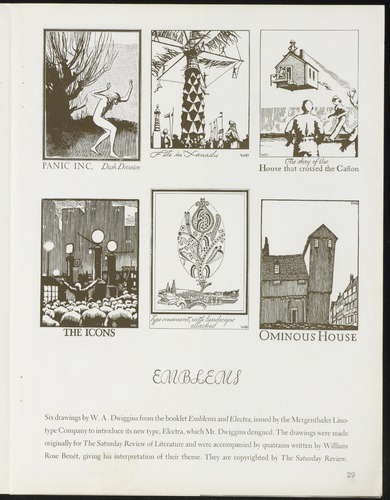
Electra Specifications
Dwiggins presented the Electra typeface in 1937. It featured no sharp contrast between thick and thin strokes. The italic of Electra is more accurately an oblique Roman and is quite readable. Both the caps and lowercase feature rather sharp-cut serifs. It is a thin face, more delicate than Caledonia. The serifs are equal on both sides of the caps and lowercase main stems. The serif at the bottom of the lowercase has an upward-facing inclination. The lowercase j features a sharpened descender that turns slightly left.

Graphic Designer
He created the original logo for General Motors and is said to have coined the term “graphic designer”. Before this, graphic designers had been called “commercial artists”. He did this to distinguish his production from that of the private presses.
Look and Feel of Books
Dwiggins designed dozens of typefaces and wrote books on advertising layout and typography. He established the ‘look and feel’ of more than 350 books for Alfred A. Knopf Books from 1926 to 1956. He preferred to keep his symbols and illustrations set apart from the flow of type.

He also was an illustrator for children’s books. His drawings for Poe Tales and Stevenson Dr Jekyll and Mr Hyde are excellent for the sparing use of colour. His black and white illustrations attest to this.

The above is an example of his Metro and Electra typefaces.
Calligrapher
Dwiggins was a skilled calligrapher. His hand-lettered title pages, running head, picture caption books have a beautiful, individualised touch.
His binding has paper covers in warm, soft shades, with high calico backs, fine gold lettering, and vibrant decoration.
He also contributed to producing professional manuals for his industry. He wrote “Layout in Advertising”, a desk manual outlining methods for approaching layout problems. All the illustrations he drew himself instead of using existing advertisements.
More on American Graphic Designers
Related Articles
Discover more from Encyclopedia of Design
Subscribe to get the latest posts sent to your email.
